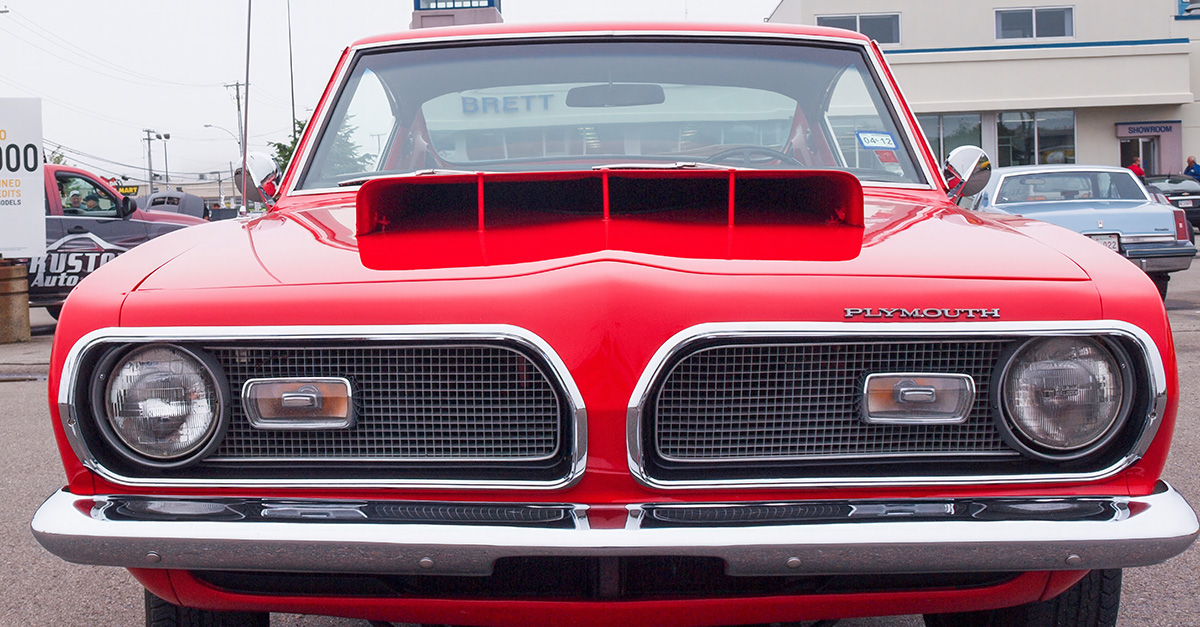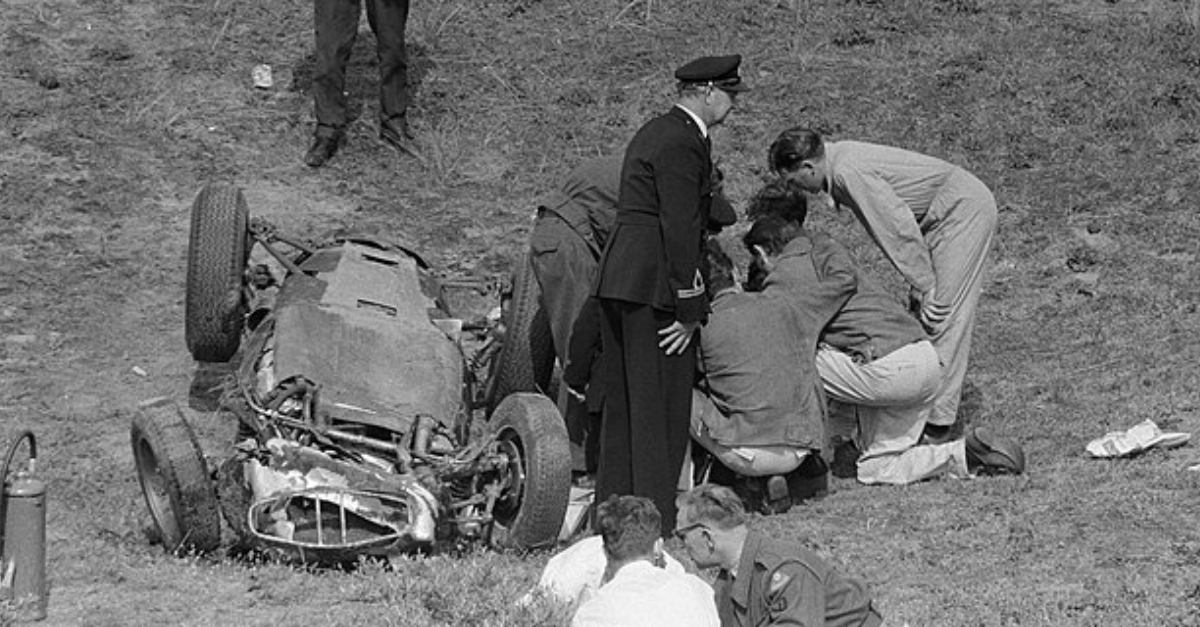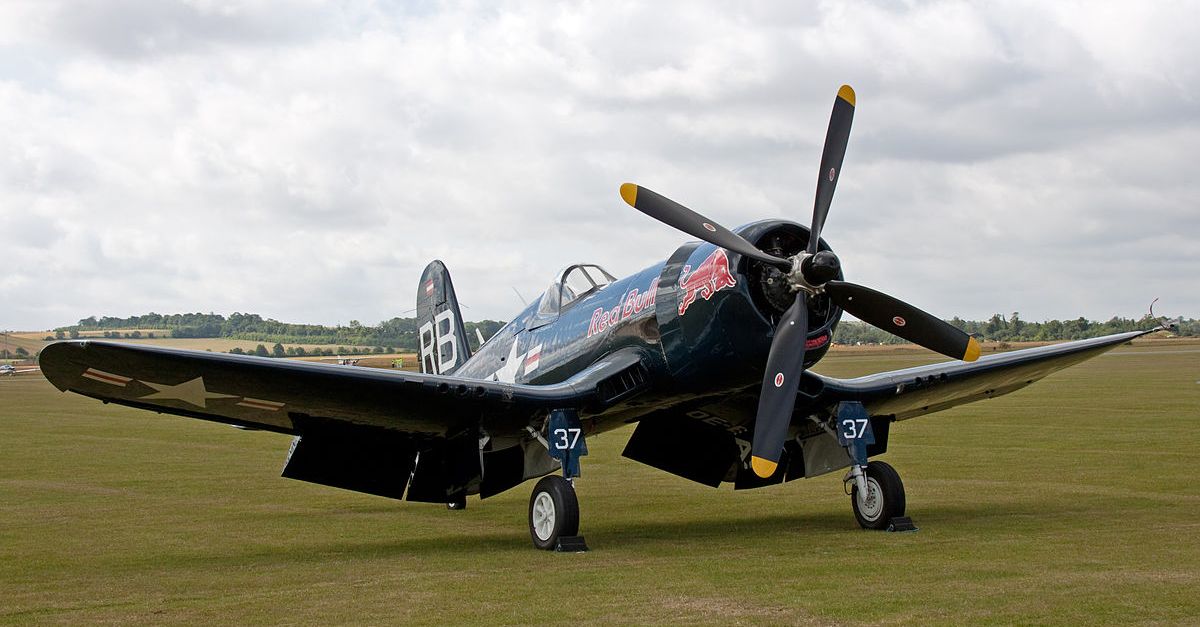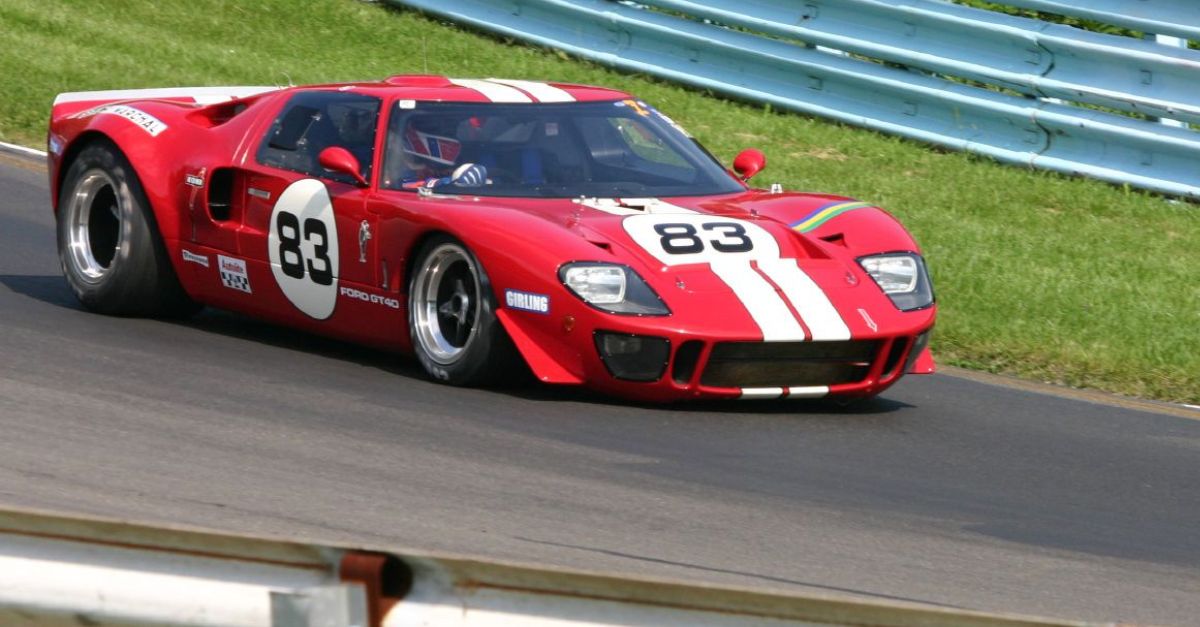Separating Fact From Fiction
Ford v Ferrari tells the incredible true story of a rivalry between two of the world’s most iconic car manufacturers. The film follows Carroll Shelby and Ken Miles (played by Matt Damon and Christian Bale) as they try to help Ford snag the win from Ferrari at the 1966 24 Hours of Le Mans race. While the movie has received fair praise for being an incredibly accurate biopics, it still had some major deviations from real-life events.
Now, in this case, changing things up worked well for the pacing and overall narrative of the film—but we still couldn’t help wondering about the details that were left out. So, here are 10 things they got wrong in Ford v Ferrari.
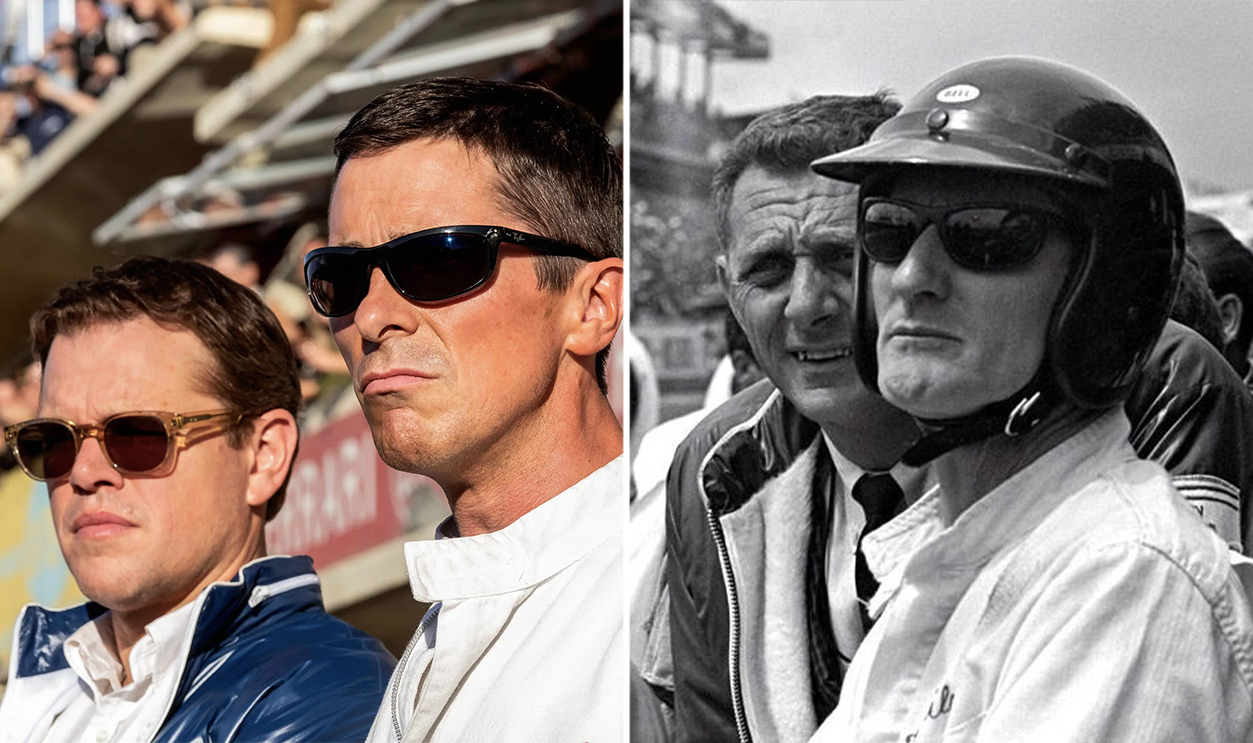
1. Ford’s First Le Mans Loss
In the movie, Ford takes his first shot at entering the Le Mans race in 1965. It’s the quintessential moment in any sports film, where our underdog protagonist has to be humbled by defeat before they can achieve glorious victory. But what the movie doesn't show us is that Ford didn't fail just that one time—in real-life, his first defeat was at the 1964 Le Mans race.
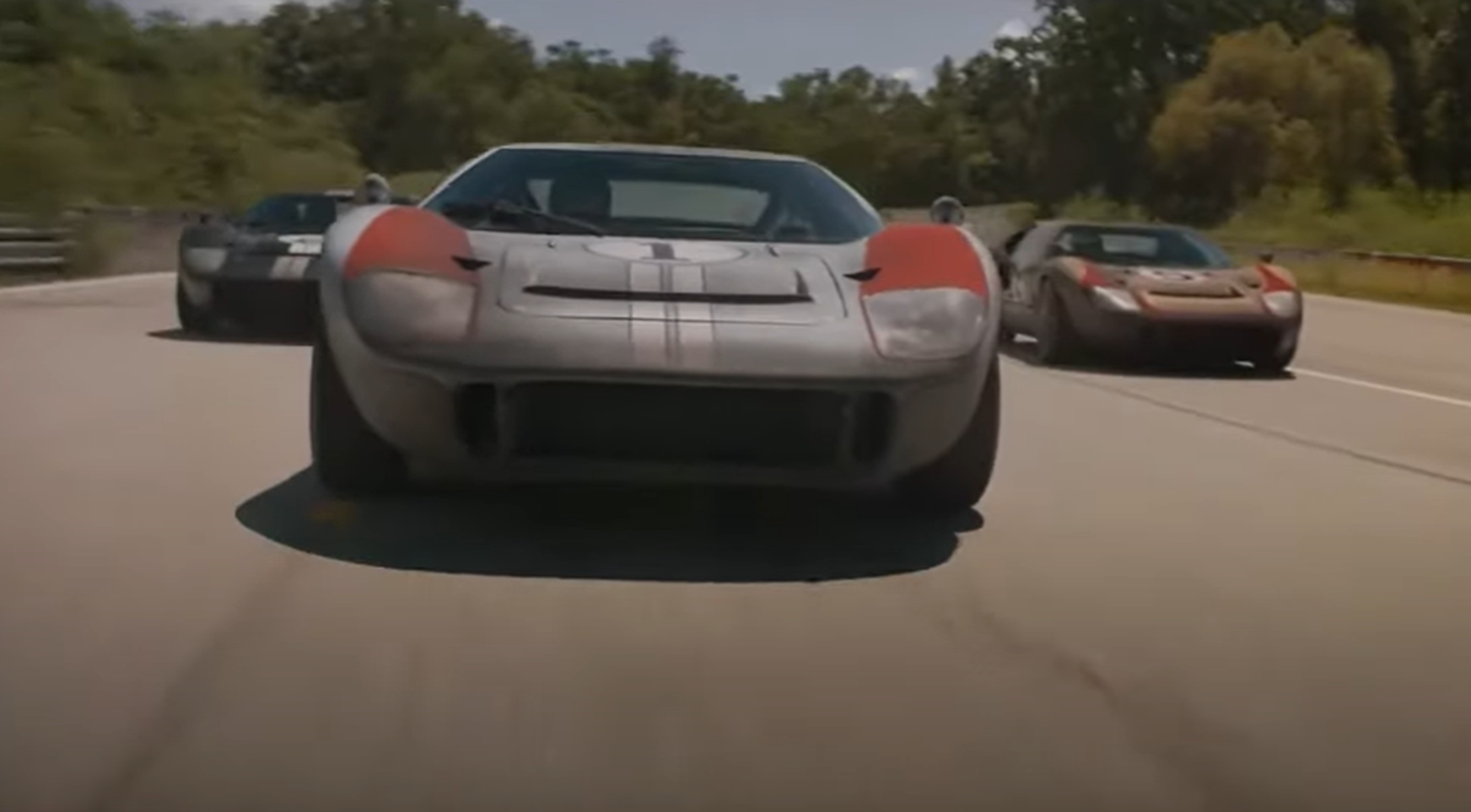 Chernin Entertainment, Ford v Ferrari (2019)
Chernin Entertainment, Ford v Ferrari (2019)
Ford’s First Le Mans Loss
The Le Mans race is the most prestigious race in the world and anyone looking to enter would have to prove their mettle against the best car manufacturers in Europe. Ford tried to enter the race in 1964 but came up short. He tried again the next year in 1965—only to be met with defeat once more. The movie probably changed this to streamline the narrative and keep audiences from being too disappointed at seeing the underdog lose twice.
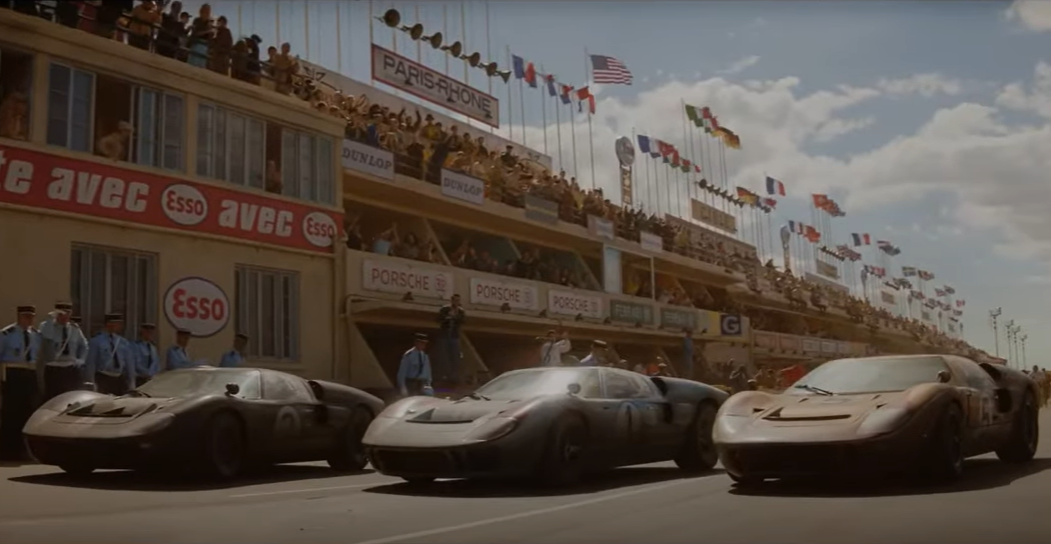 Chernin Entertainment, Ford v Ferrari (2019)
Chernin Entertainment, Ford v Ferrari (2019)
2. Ferrari’s Performance During The Race
Of course, every good car racing movie has to have a scene where two components speed neck and neck toward the finish line, leaving the audience on the edge of their seat wondering if the hero will win the day. Ford v Ferrari was no different in this regard, showing Ford’s driver, Ken Miles, nearly squeeze past Lorenzo Bandini, Ferrari’s driver, to secure the win. In reality though, most people would be surprised by Ferrari's performance during the 1966 race.
 Chernin Entertainment, Ford v Ferrari (2019)
Chernin Entertainment, Ford v Ferrari (2019)
Ferrari’s Performance During The Race
By midday of the real ‘66 Le Mans, the Ferrari car was in 12th place, posing little threat to Ken Miles. The real competition was between the Americans themselves as drivers Dan Gurney and Jerry Grant stayed hot on Miles’ heels throughout the race. Of course, in a film titled “Ford v Ferrari”, it would be pretty anticlimactic if the final showdown wasn't actually between, you know, Ford and Ferrari.
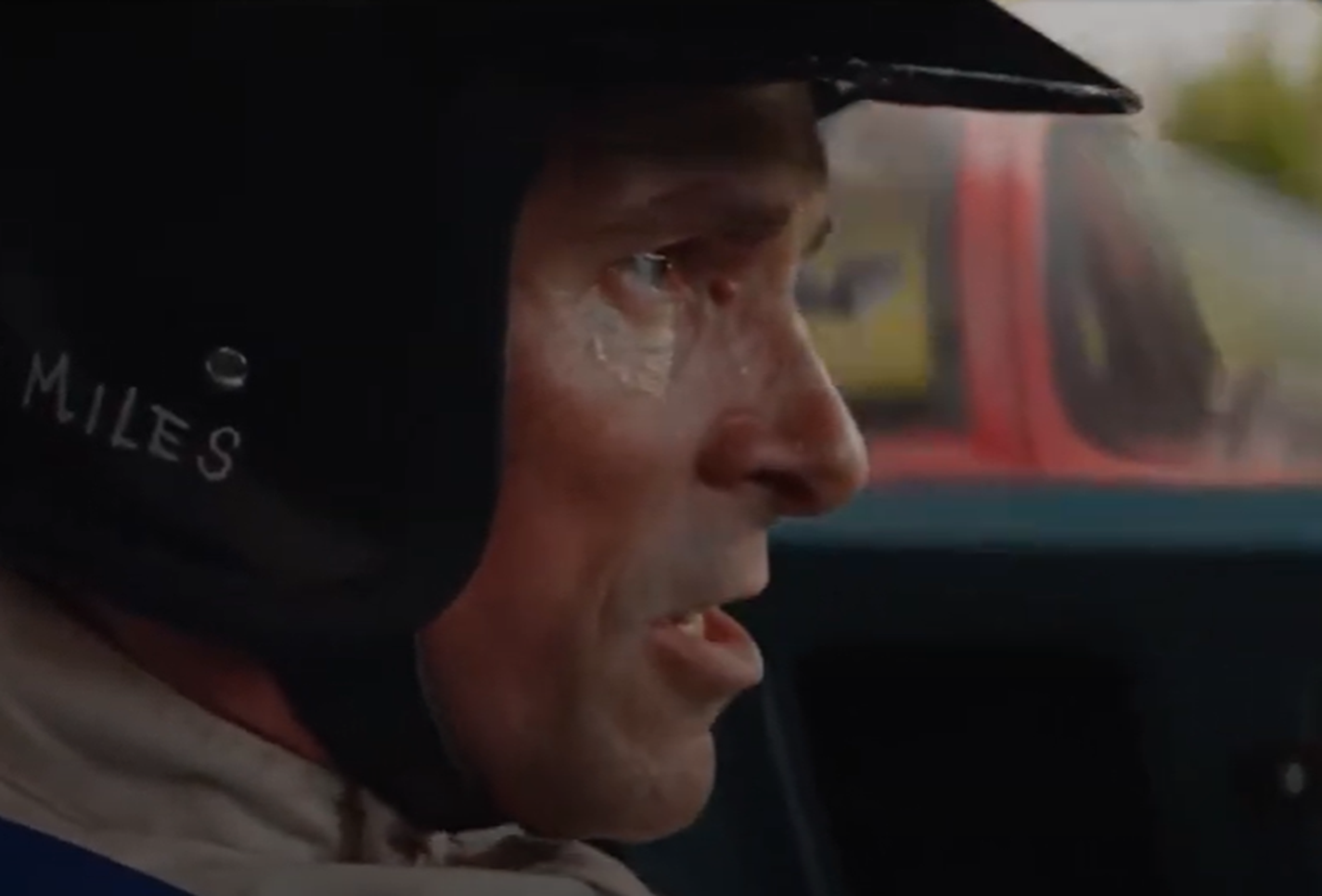 Chernin Entertainment, Ford v Ferrari (2019)
Chernin Entertainment, Ford v Ferrari (2019)
3. There Was No Feud
In the movie, Ford's corporate leadership constantly clash with Carol Shelby and Ken Miles, hesitating to support the pair’s radical ideas for racing. Miles is particularly disliked for his harsh personality and considering him to be a liability on the track, the higher-ups almost disqualify Miles from racing at Le Mans. In real life, however, things weren't that tense between Miles and the Ford corporate heads.
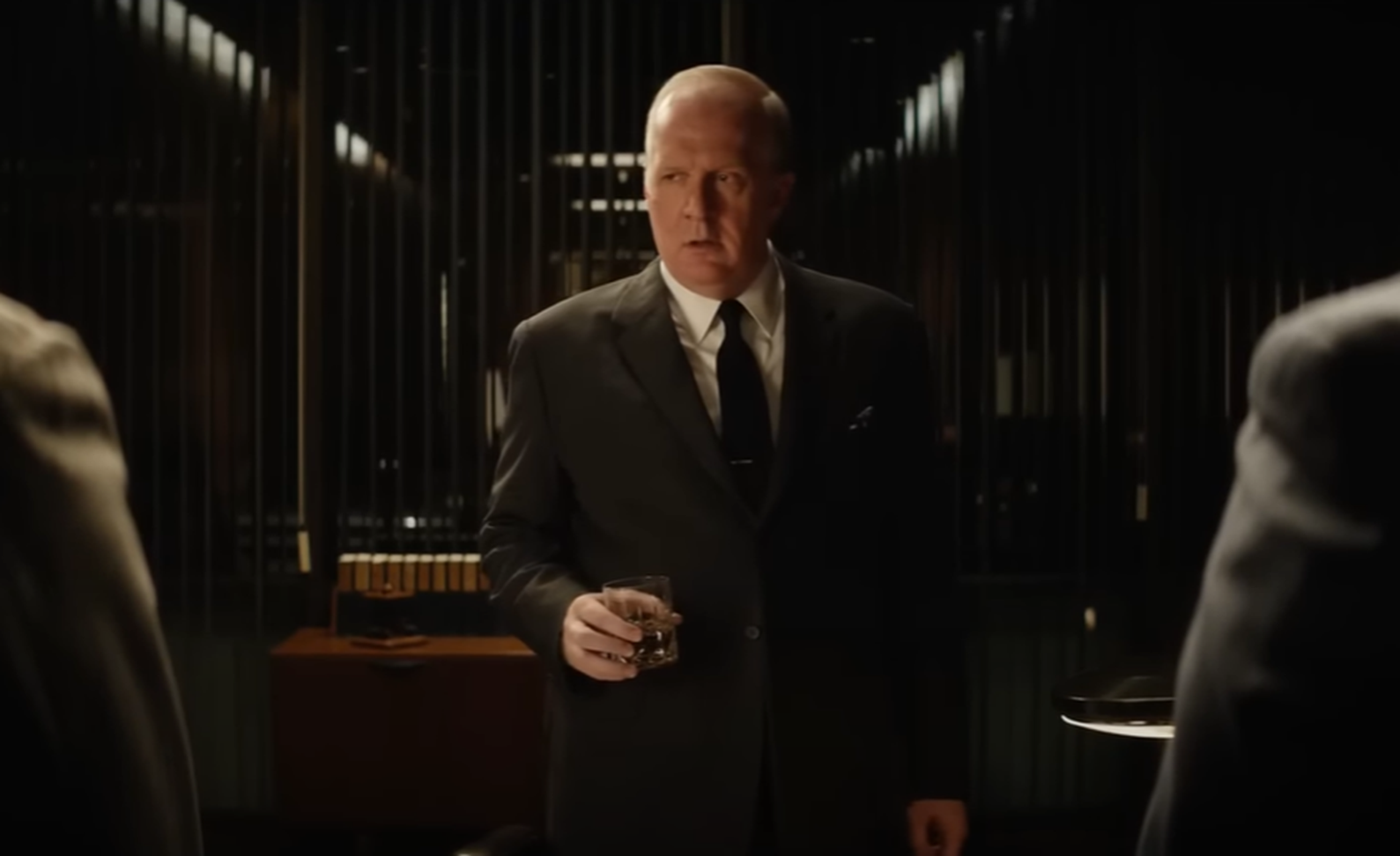 Chernin Entertainment, Ford v Ferrari (2019)
Chernin Entertainment, Ford v Ferrari (2019)
There Was No Feud
While some at Ford may have taken issue to Miles’ scrappy personality, that never stopped them from putting him behind the wheel of their cars. In addition to driving for the company at the 1966 Le Mans, Miles also raced for Ford a year prior, in the 1965 Le Mans race. It seems the movie amped up the tension of real-life events just to add a little bit of extra drama.
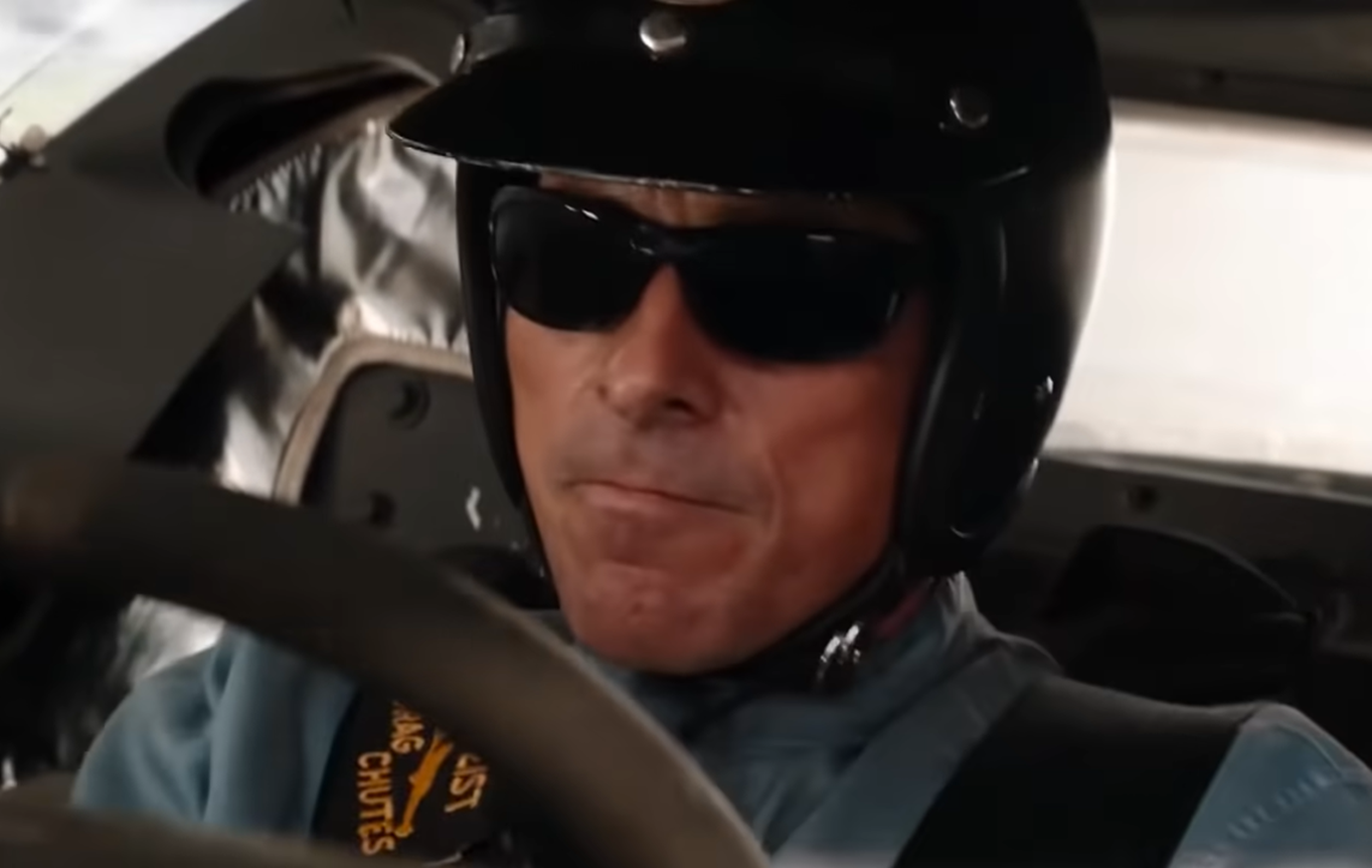 Chernin Entertainment, Ford v Ferrari (2019)
Chernin Entertainment, Ford v Ferrari (2019)
4. They Overlooked The Importance Of The GT40
Carroll Shelby became a legend in the world of motorsport after Ford’s Le Mans win. While Ford v Ferrari does show how beloved and iconic Shelby’s GT40 design was, it really doesn't tell viewers just how innovative the design of the car was.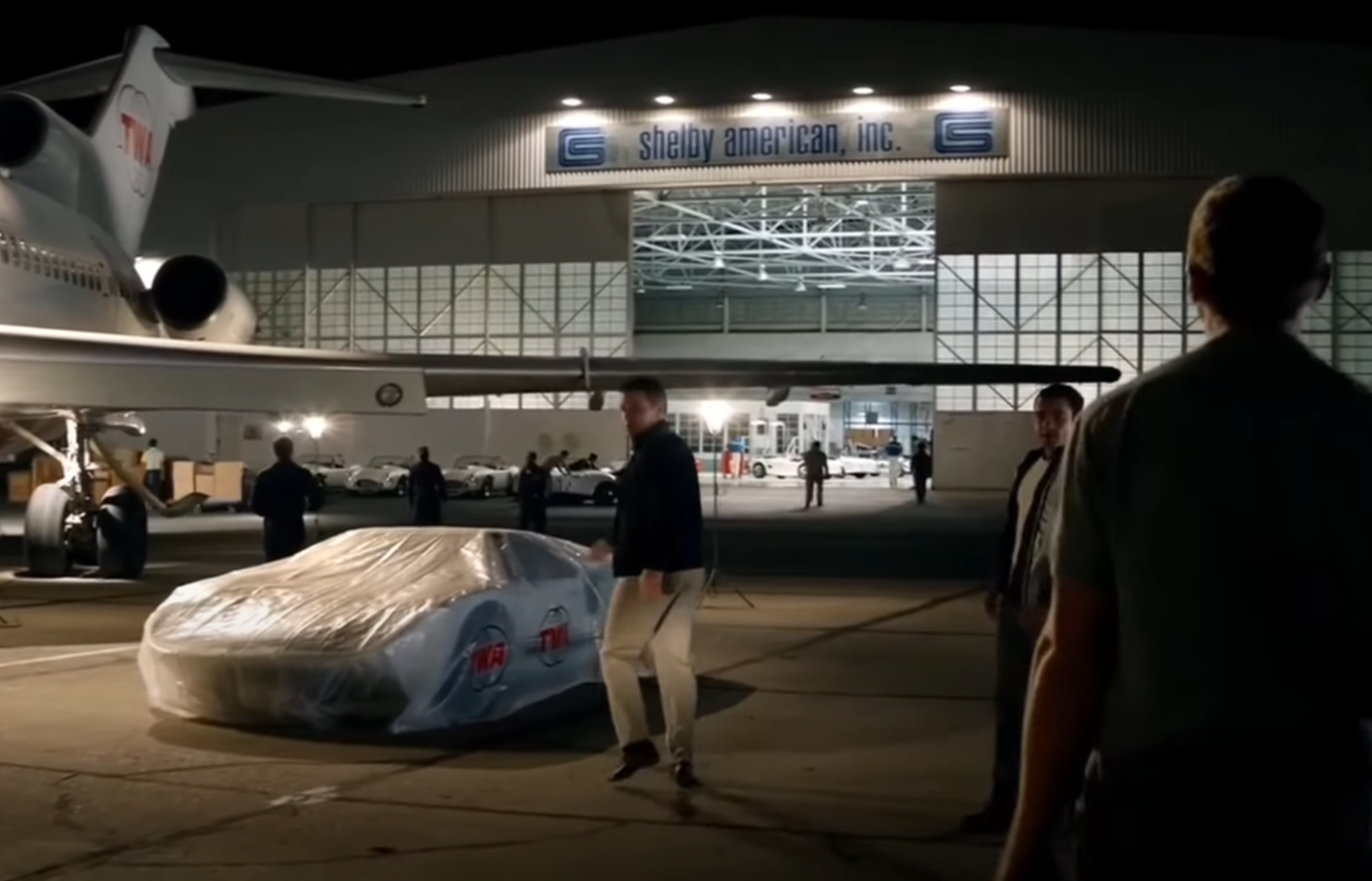 Chernin Entertainment, Ford V Ferrari (2019)
Chernin Entertainment, Ford V Ferrari (2019)
They Overlooked The Importance Of The GT40
In the movie, Shelby comes up with the brilliant design for the GT40 after jury-rigging some scraps of automotive materials on an airfield. While this looks pretty cool to audiences, it overlooks the state-of-the-art technology that actually went into creating the Ford GT40. The car contained some of the most advanced technology for the time, including a newly designed V8 engine, advanced aerodynamics, and a suspension system that was calibrated with a computer program.
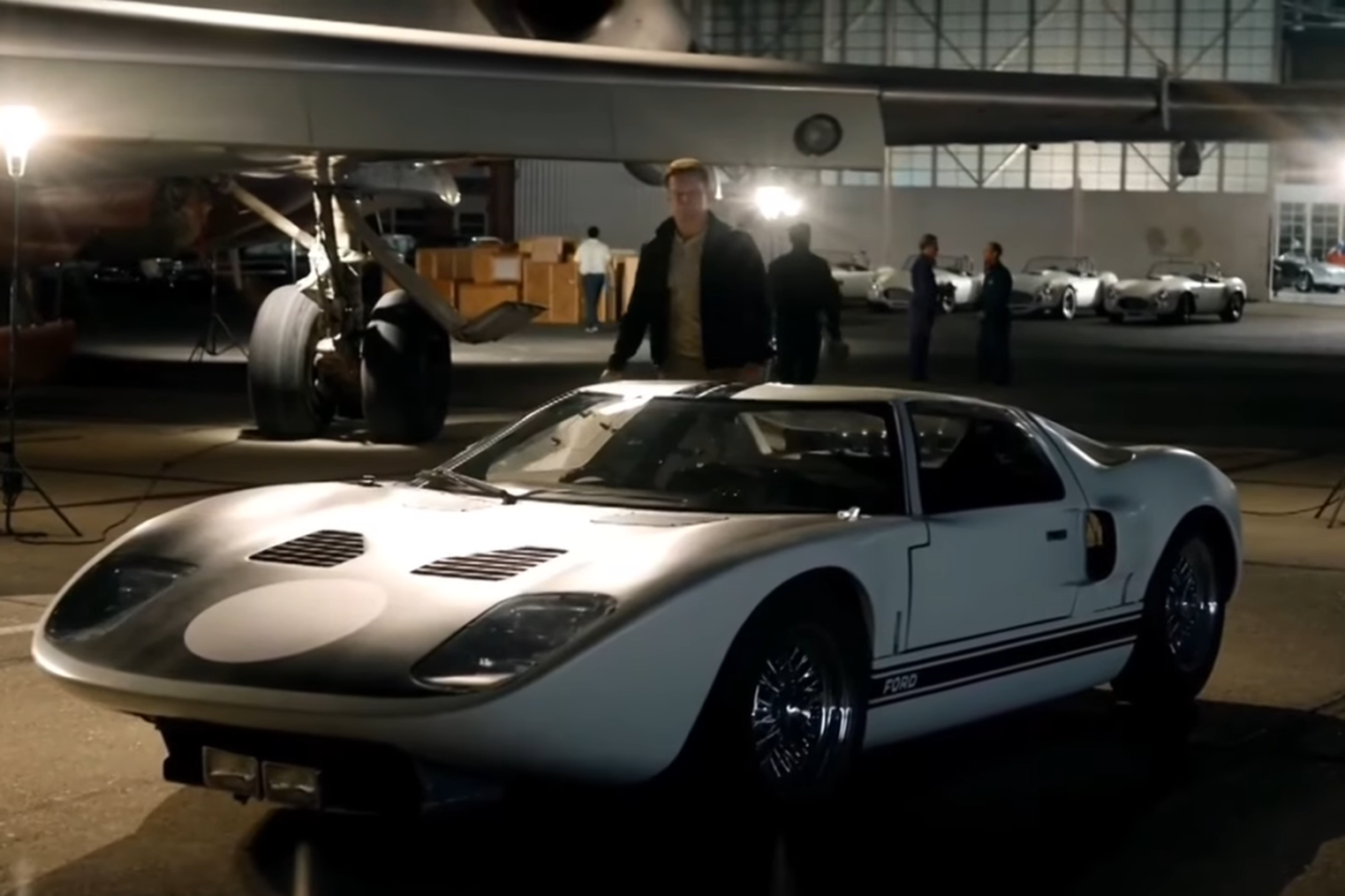 Chernin Entertainment, Ford V Ferrari (2019)
Chernin Entertainment, Ford V Ferrari (2019)
5. Fiat Helped Ferrari
In the movie, corporate drama is added when manufacturer Fiat performs a successful corporate buyout of Ferrari. The whole affair is made to look very shady with it seeming that Fiat had undercut their fellow Italian automakers. In real life, however, Fiat was Ferrari's greatest ally.
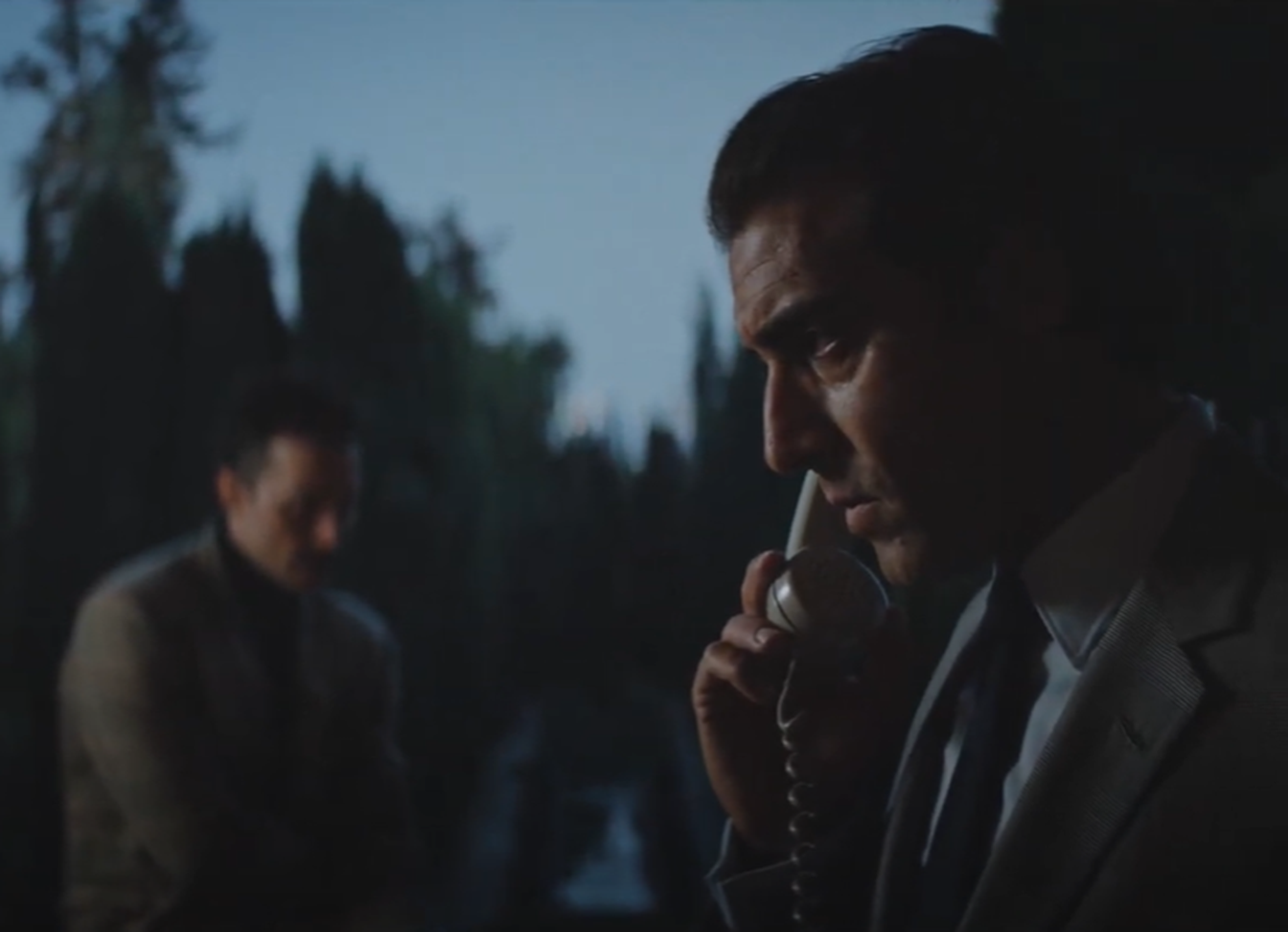 Chernin Entertainment, Ford V Ferrari (2019)
Chernin Entertainment, Ford V Ferrari (2019)
Fiat Helped Ferrari
While Ferrari would eventually be bought by Fiat in real life, this didn't occur until 1969. And in 1966, Fiat showed their admiration for Ferrari by giving the company a hefty cash stipend. Rather than being given out of any ulterior motives, Fiat wanted to help invest in Ferrari's potential on the racetrack.
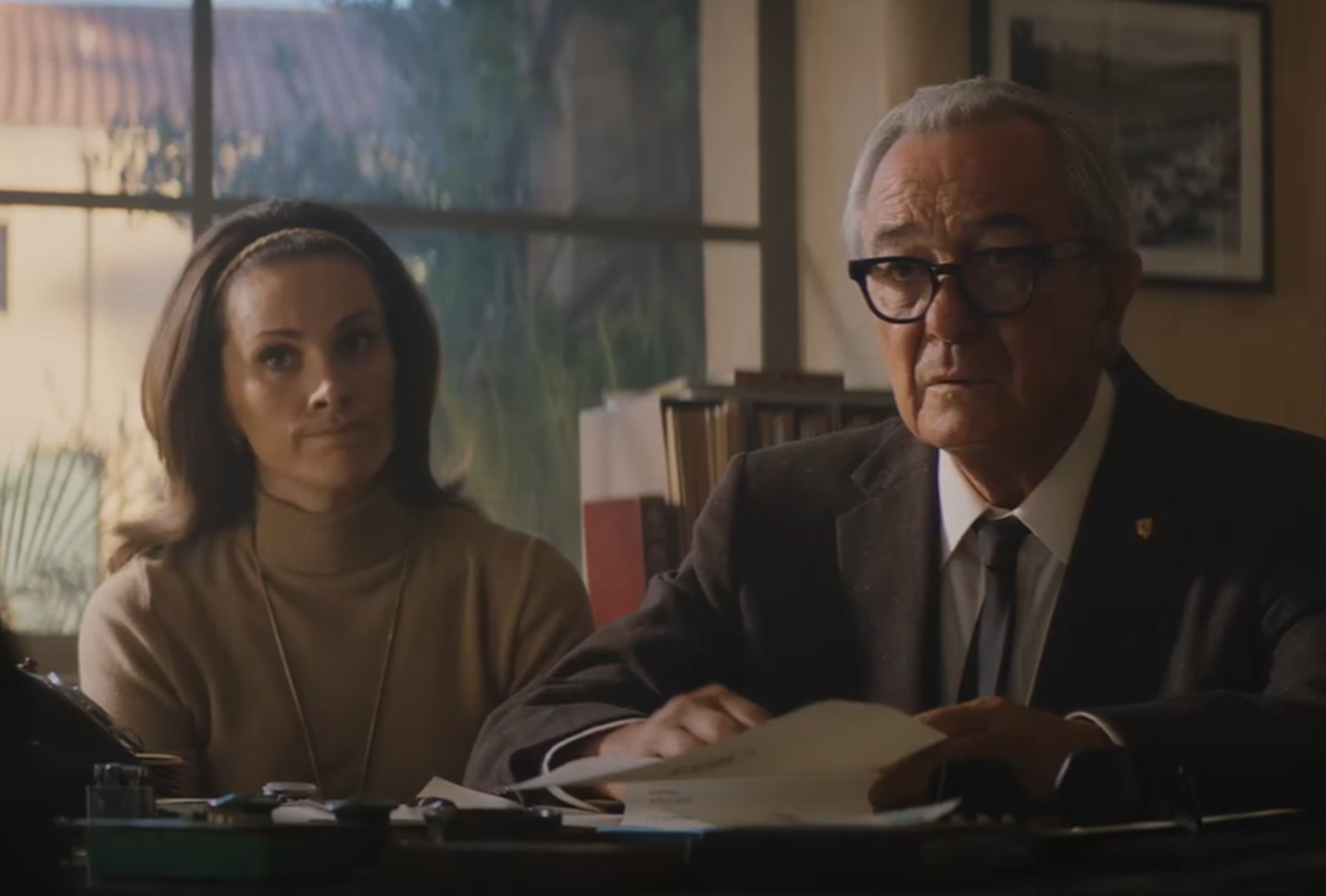 Chernin Entertainment, Ford v Ferrari (2019)
Chernin Entertainment, Ford v Ferrari (2019)
6. Enzo Ferrari Suggested The Merger
While Ford v Ferrari portrays the corporate drama around the 1966 Le Mans race with accuracy, there's one detail they did change—that it was Enzo Ferrari who had first suggested a buyout of his own company. That buyout fell through when Ferrari himself reneged on the deal because of a clause that limited his control over Ferrari’s racing team.
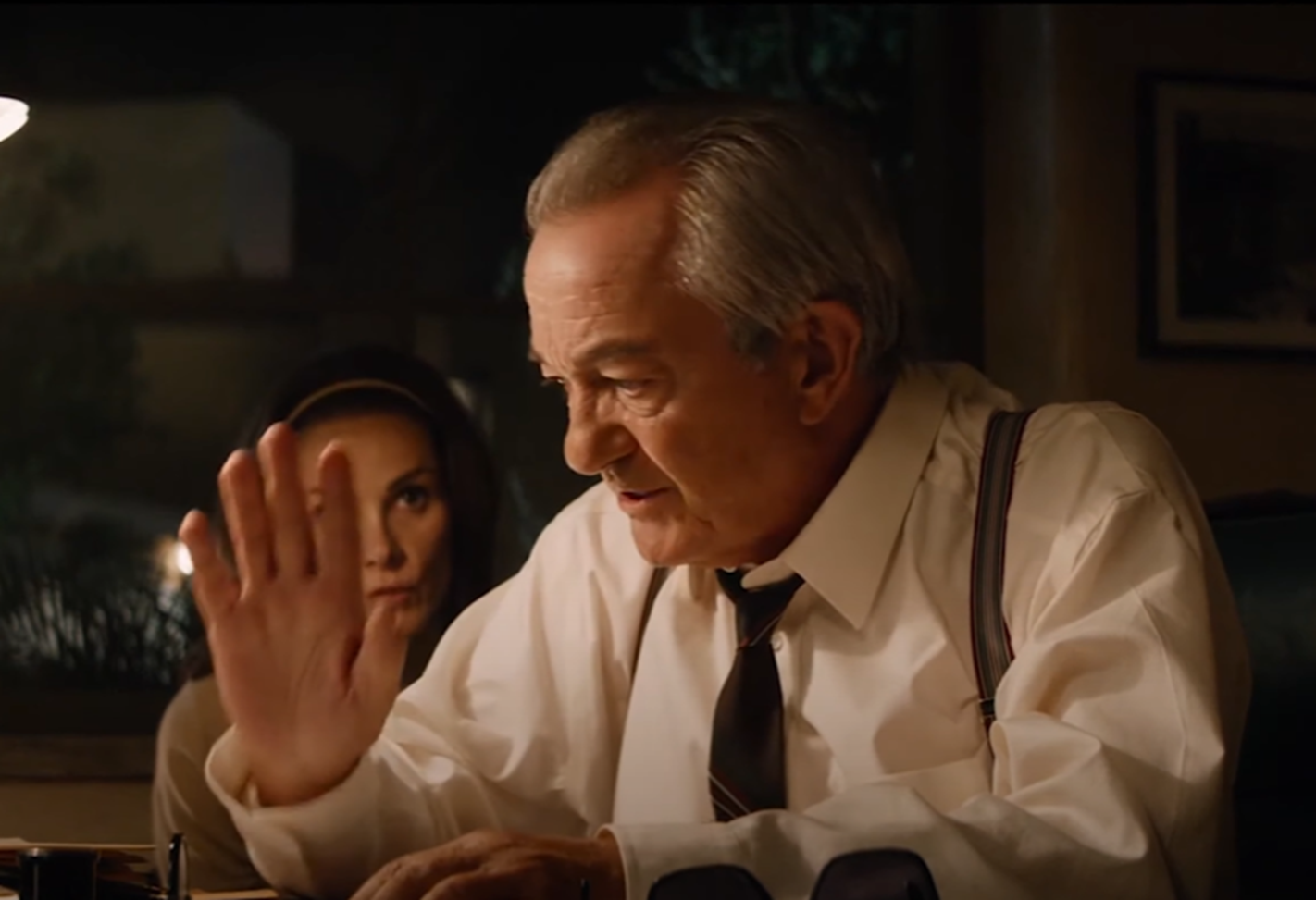 Chernin Entertainment, Ford V Ferrari (2019)
Chernin Entertainment, Ford V Ferrari (2019)
Enzo Ferrari Suggested The Merger
The film makes it seem like Ford were the ones who began negotiations for the buyout, but this really happened because they felt slighted by Enzo Ferrari. They saw his reasoning for backing out of the deal to mean that he thought the American company wasn't capable of handling Ferrari’s race cars. That's when Ford truly began trying to take over the company, but the movie probably changed this to make a villain out of Leo Bebee.
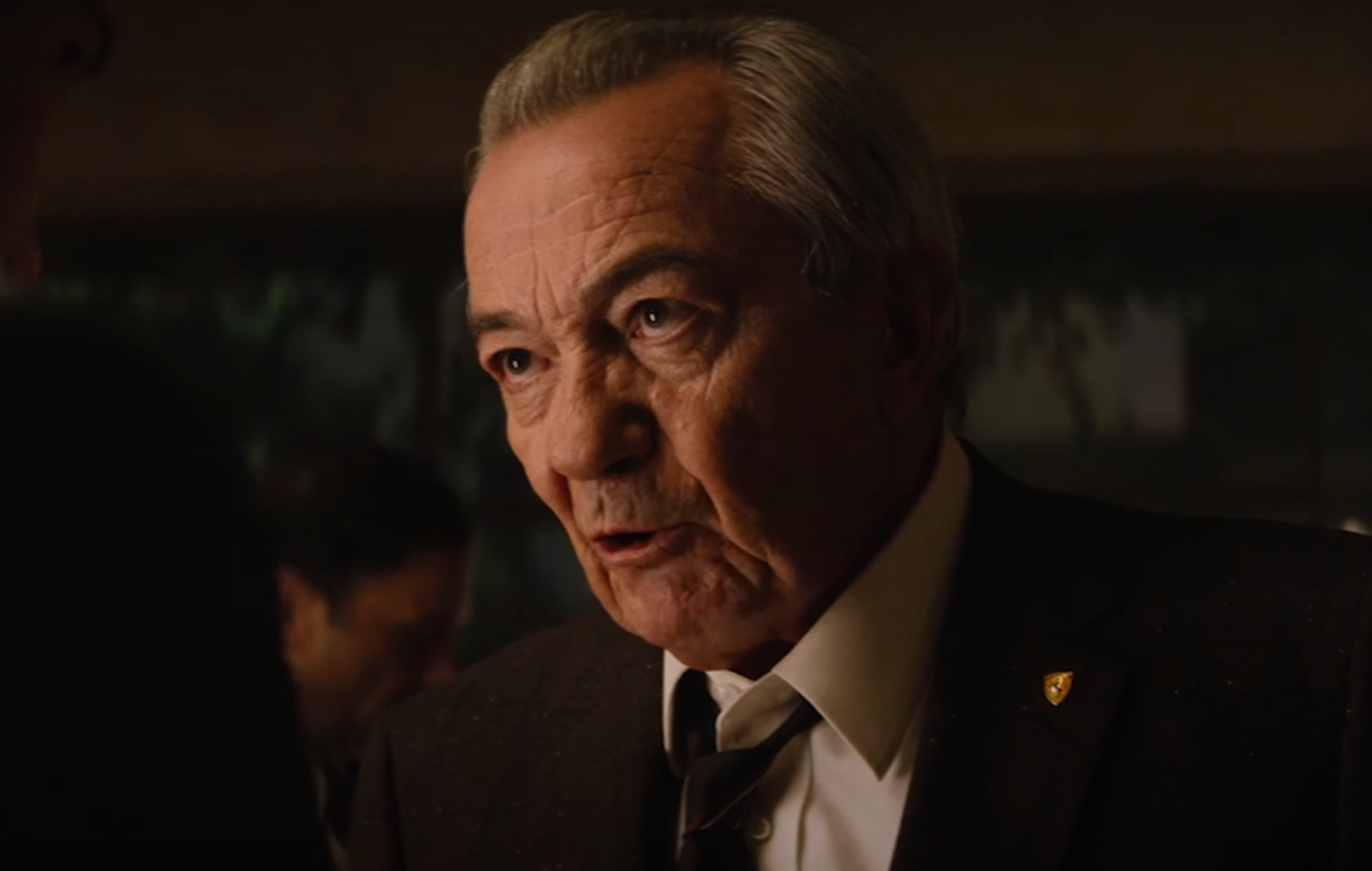 Chernin Entertainment, Ford V Ferrari (2019)
Chernin Entertainment, Ford V Ferrari (2019)
7. The First American To Win Le Mans
Carol Shelby had already cemented a good reputation in the world of car racing well before helping to design the Ford GT40. In the movie, Shelby is introduced as the first American winner at Le Mans, securing victory in an Aston Martin DBR1 during the 1959 race. Yet, while that win was incredible, it wasn't the first time an American was first across the finish line of the intense 24-hour race.
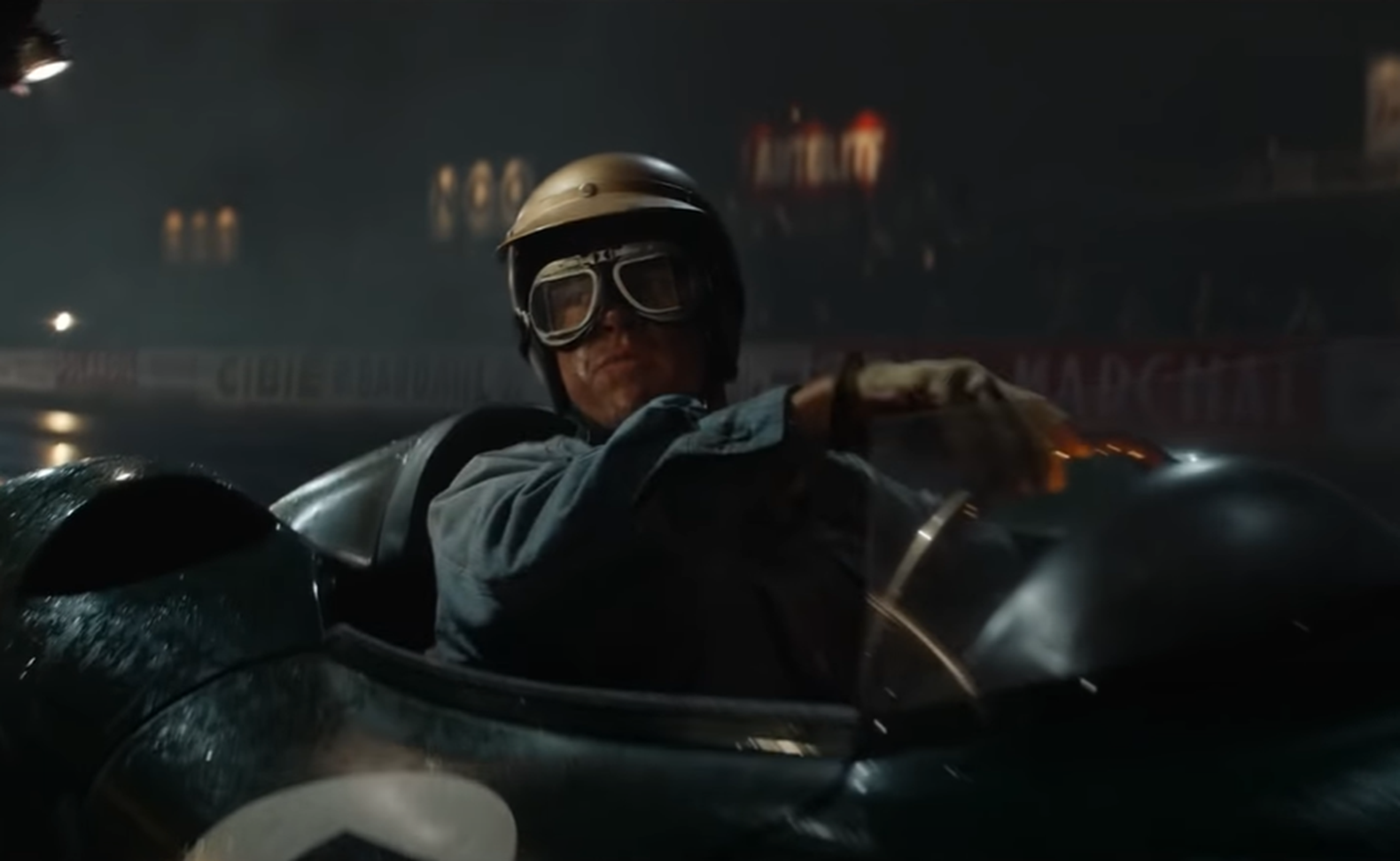 Chernin Entertainment, Ford v Ferrari (2019)
Chernin Entertainment, Ford v Ferrari (2019)
The First American To Win Le Mans
In reality, two other Americans had taken home the gold before Shelby. Drivers Phil Hill and Luigi Chinetti won the 1949 and 1958 Le Mans races, respectively. While it's a glaring omission of these drivers from history, there's a clear reason why the movie's makers didn't want to include their names: Both claimed victory behind the wheel of a Ferrari.
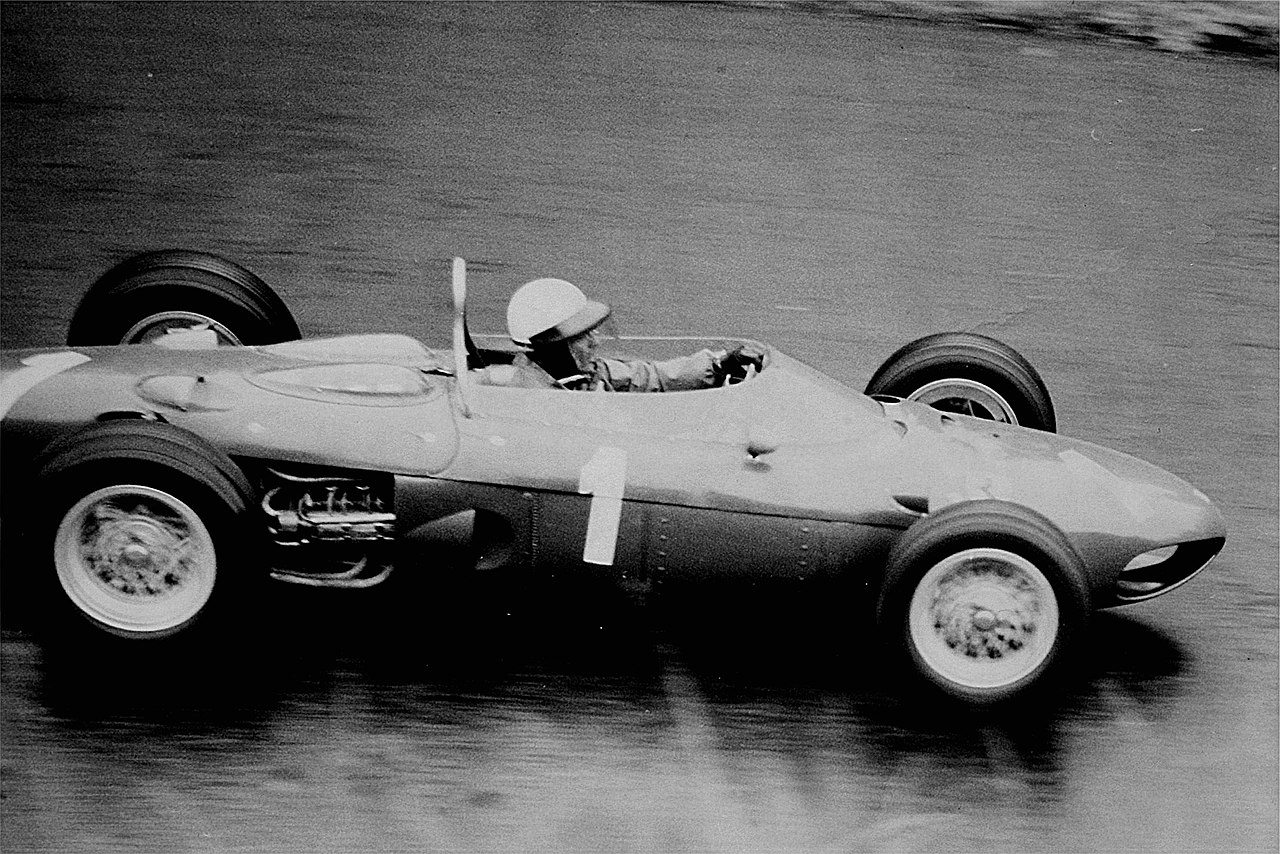 Lothar Spurzem, CC BY-SA 2.0 DE, Wikimedia Commons
Lothar Spurzem, CC BY-SA 2.0 DE, Wikimedia Commons
8. The Tire Scandal
While Ford v Ferrari captures the corporate drama between the two companies, the movie failed to show another corporate showdown: the one between Ford and Firestone. Firestone was the tire company sponsoring Ford, but their business partnership was marred when Shelby made a controversial decision in the middle of the race.
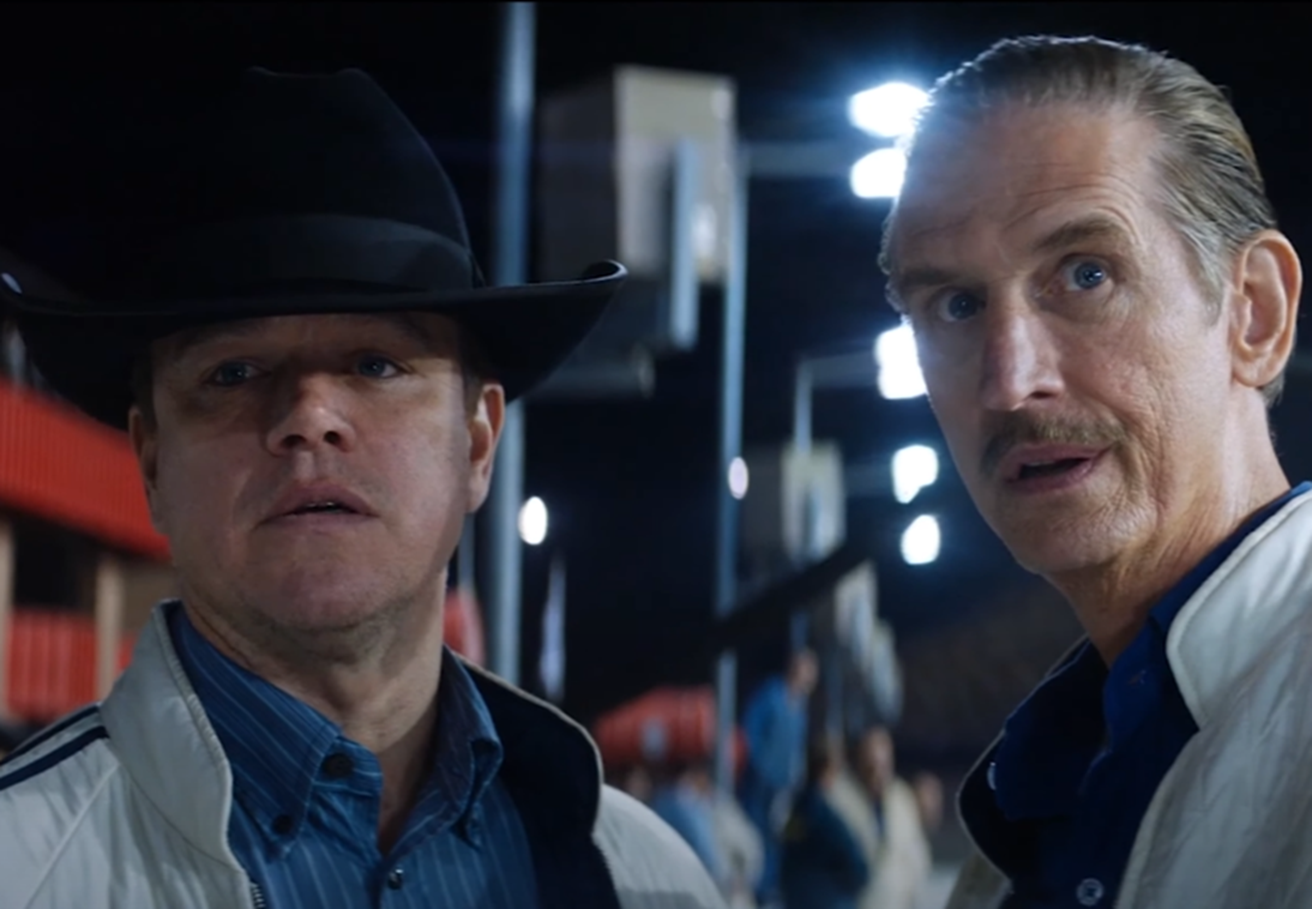 Chernin Entertainment, Ford V Ferrari (2019)
Chernin Entertainment, Ford V Ferrari (2019)
The Tire Scandal
While Bruce McLaren and his co-driver, Chris Amon, started the Le Mans race with Firestone tires on their cars, they struggled to gain ground on the treacherous track. Halfway through the race, Shelby suggested they switch to Goodyear tires, which were longer lasting. This decision led to a corporate showdown behind the scenes and took up some time during the race. It's likely that if it weren't for the change in tires, McLaren's victory wouldn't have been so scrutinized.
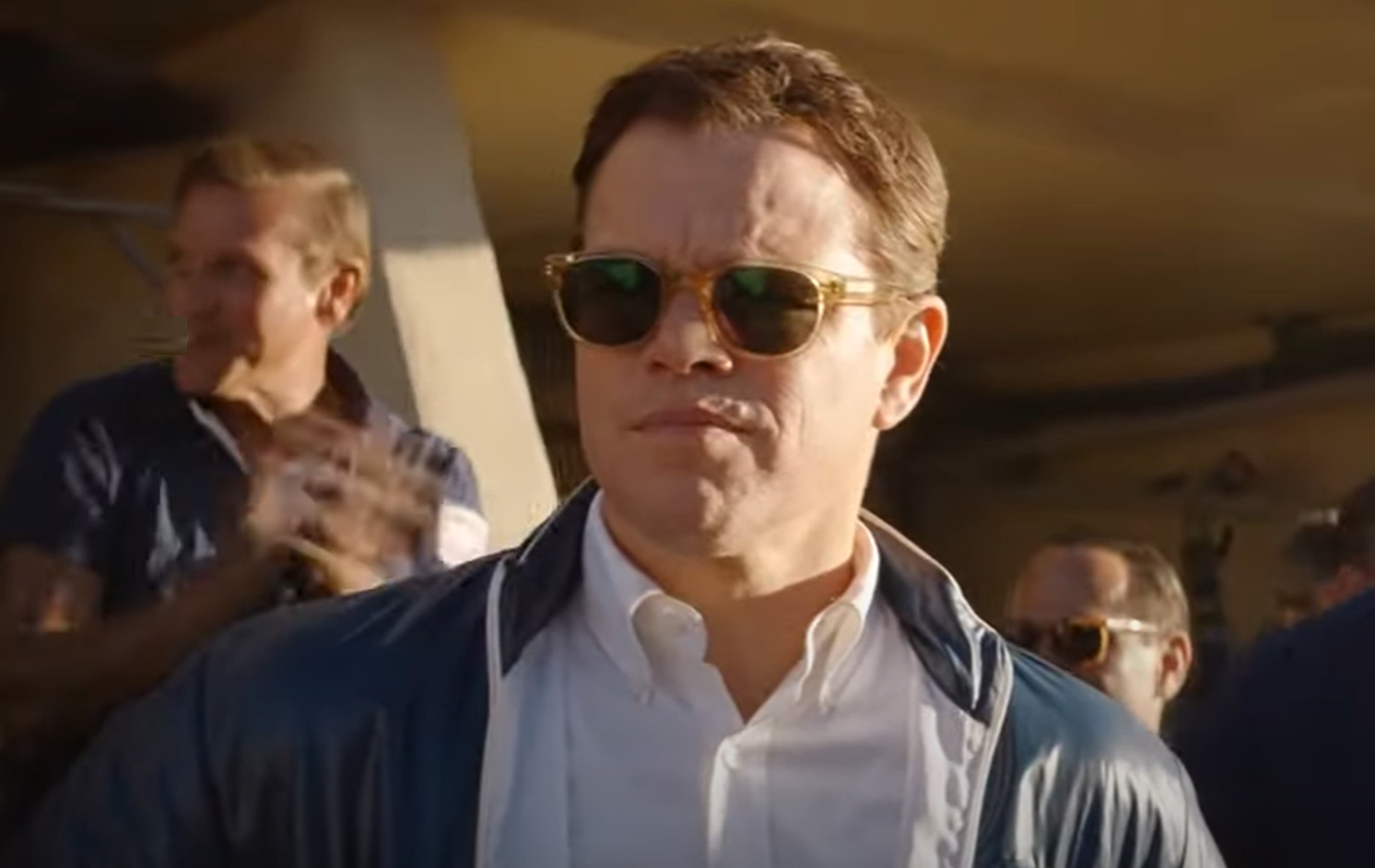 Chernin Entertainment, Ford V Ferrari (2019)
Chernin Entertainment, Ford V Ferrari (2019)
9. The GT40 Wasn’t Ford's First Race Car
In the movie, Ford are shown to be newcomers on the legendary Le Mans racetrack and were shown to only have experience racing on NASCAR circuits. This amped up the stakes in the film, making it seem like Ford was eager to prove themselves—and American craftsmanship—on the racing world's biggest stage. But in real life, this wasn't Ford’s first rodeo.
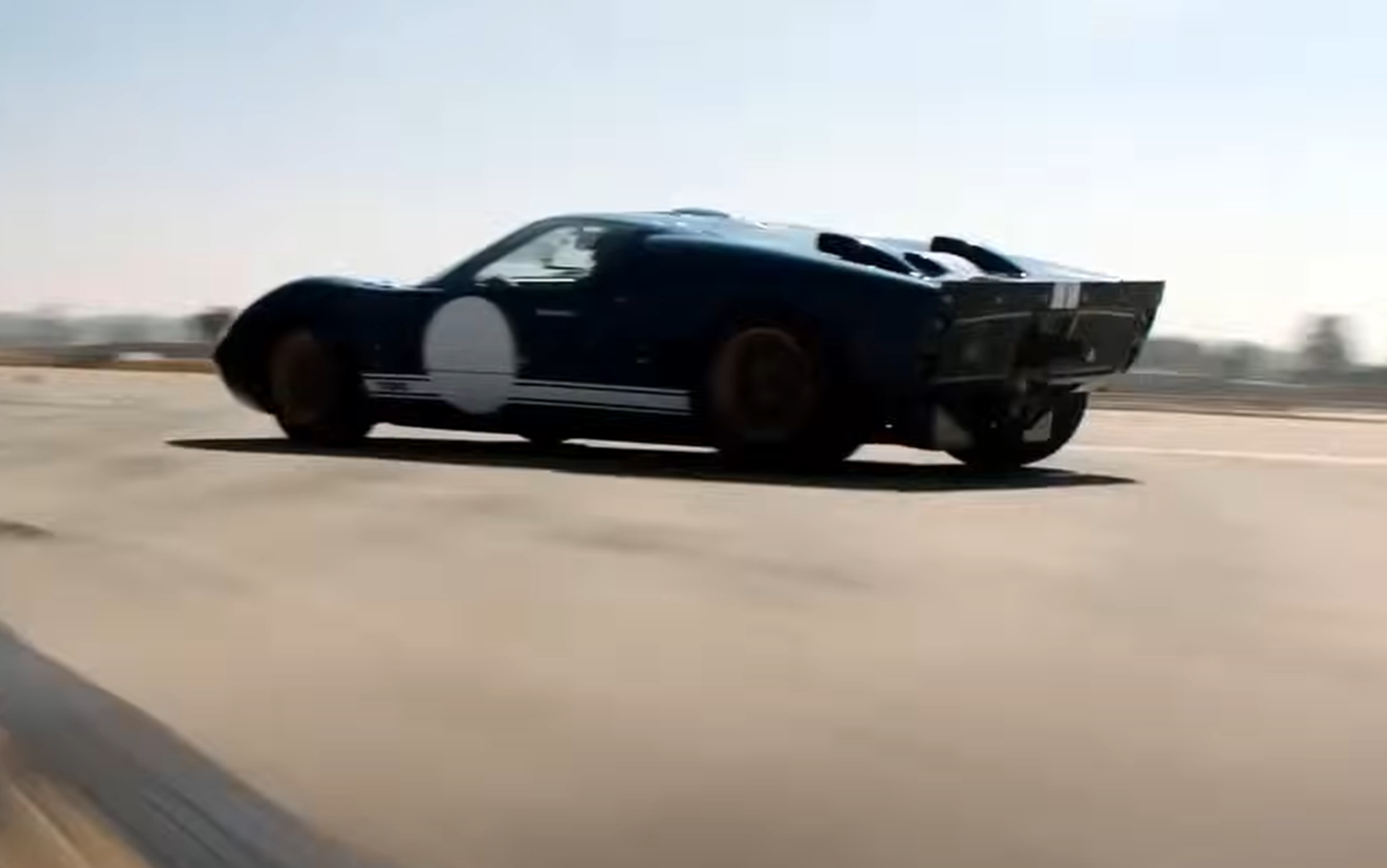 Chernin Entertainment, Ford V Ferrari (2019)
Chernin Entertainment, Ford V Ferrari (2019)
The GT40 Wasn’t Ford's First Race Car
Ford actually got their first Le Mans experience in January 1963, when they helped build a car specifically for the prestigious race. While the Lola Mk6 was technically a British car, it was powered by Ford’s V8 mid-mounted engine. The Lola Mk6 was a disaster on the track, but it did pave the way for the Ford GT40.
 David Merrett, CC BY 2.0, Wikimedia Commons
David Merrett, CC BY 2.0, Wikimedia Commons
10. The Details Of Miles’ Demise
Ken Miles is one of the key figures in Ford v Ferrari, so it's a little surprising how the movie changes his tragic passing. In the film, Miles loses his life during a catastrophic test run of Ford’s J-Car prototype. The movie handles the tragedy respectfully and in doing so, changes the narrative of Miles’ last moments.
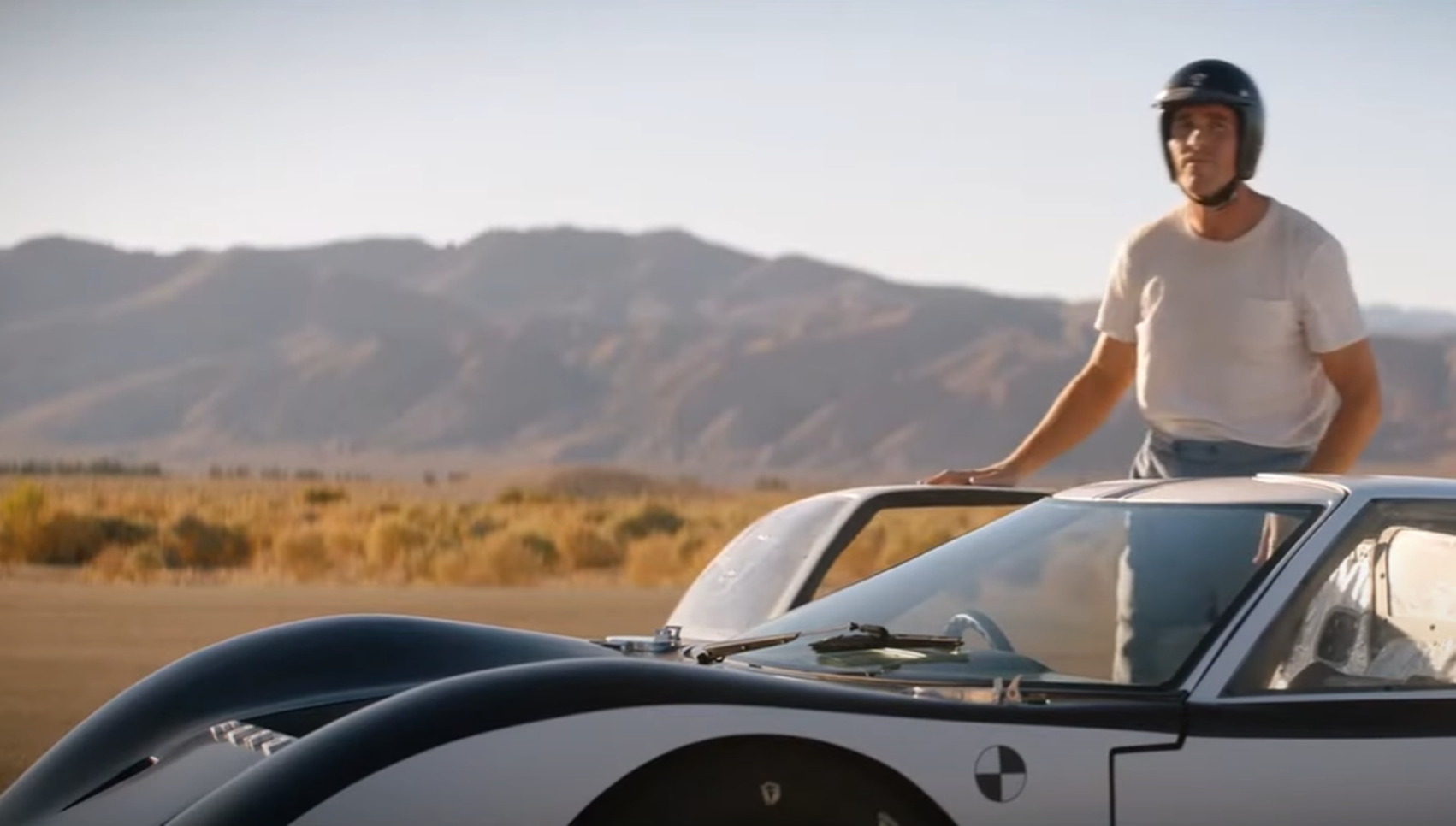 Chernin Entertainment, Ford v Ferrari (2019)
Chernin Entertainment, Ford v Ferrari (2019)
The Details Of Miles’ Demise
In the movie, Miles’ end is brought about by a fire that's caused by brake failure, but in reality, the driver was flung from the vehicle. While Miles was most likely not responsible in any way for the accident, we still don't know what exactly sent him flying from the J-Car. This has led to a great deal of controversy and questions over what really happened that day. In any case, glossing over the details of the event in the movie was probably a wise choice that avoided any insinuations of wrongdoing or foul play.
 Chernin Entertainment, Ford v Ferrari (2019)
Chernin Entertainment, Ford v Ferrari (2019)



